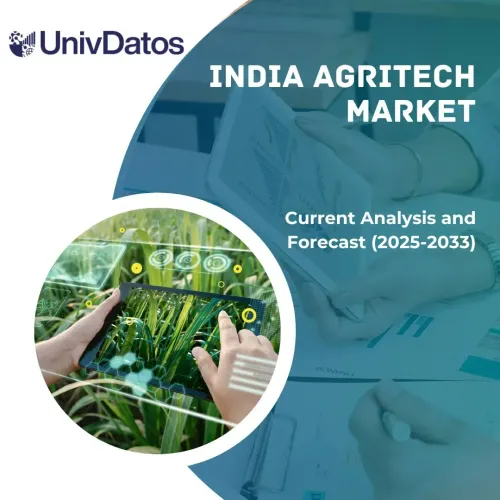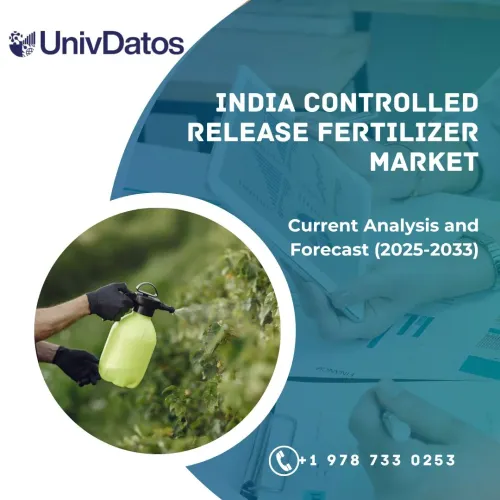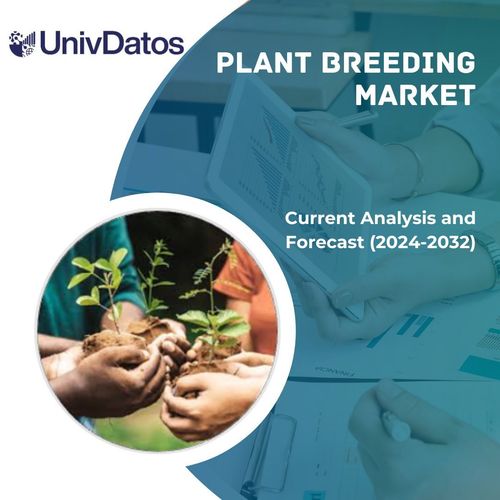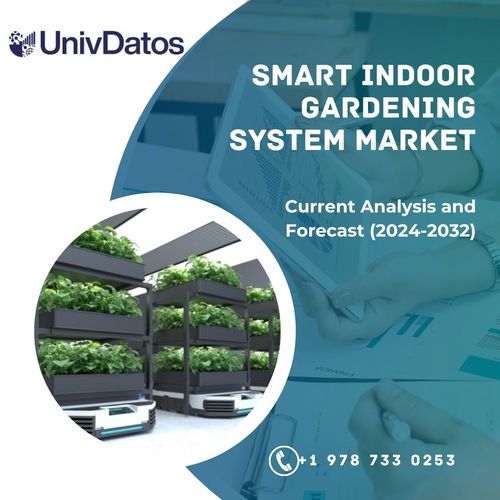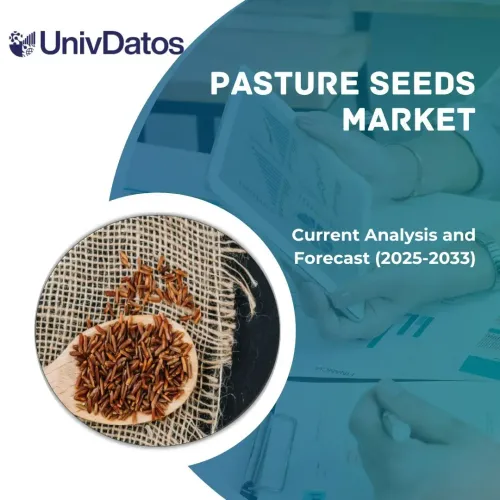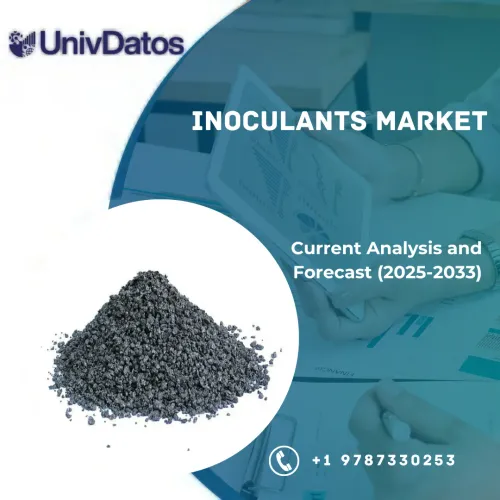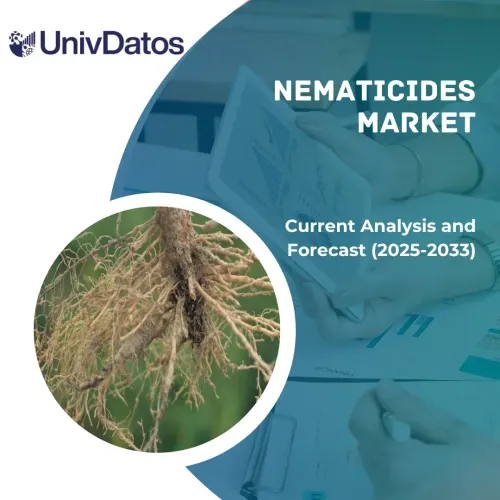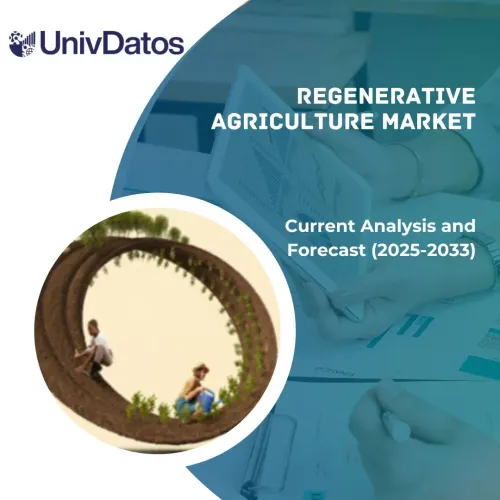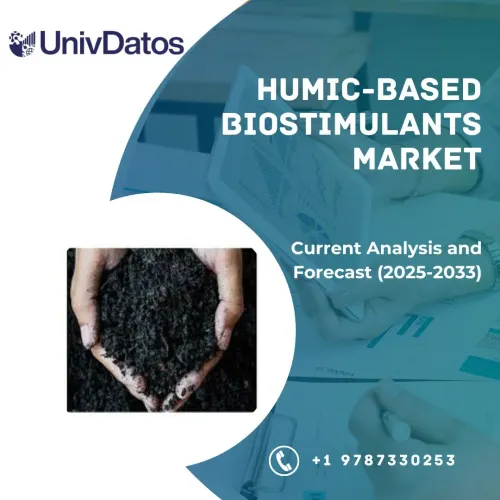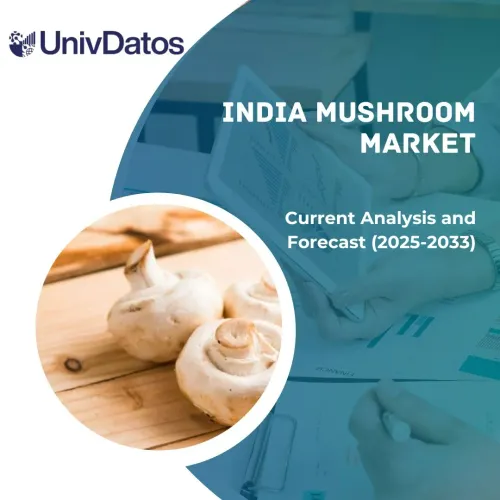- Home
- Chi siamo
- Settore
- Servizi
- Lettura
- Contattaci
Mercato dei biofertilizzanti MENA: Analisi attuale e previsioni (2023-2030)
Enfasi sul tipo (fissaggio dell'azoto, solubilizzazione del fosfato e altri); Coltivazione (trattamento delle sementi e trattamento del suolo) Utente finale (cereali e granaglie, semi oleosi e legumi, frutta e verdura e altri); Paese
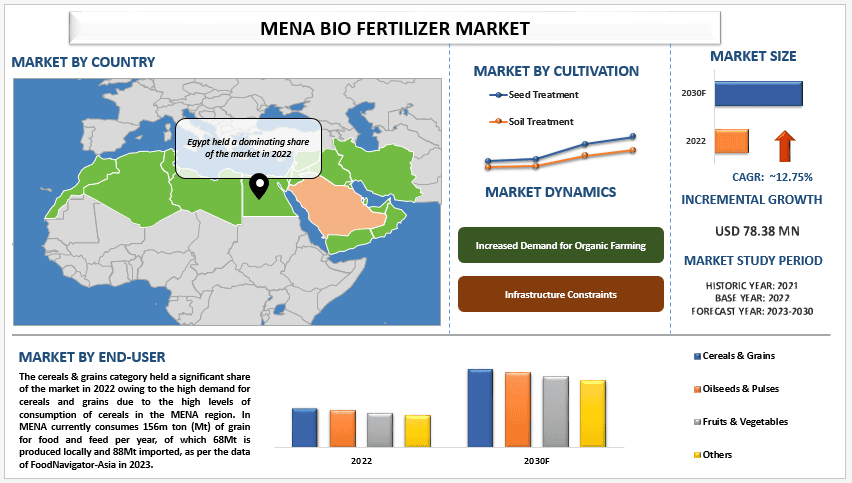
Mercato dei biofertilizzanti MENA – Scenario attuale e previsioni (2023-2030)
Il mercato dei biofertilizzanti MENA è stato valutato a 78,38 milioni di dollari nel 2022 e si prevede che crescerà a un forte CAGR di circa il 12,75% durante il periodo di previsione (2023-2030) a causa della crescente consapevolezza e dell'enfasi sulle pratiche agricole sostenibili che guidano la domanda di biofertilizzanti. Ad esempio, nel 2023, secondo il Research Institute of Organic Agriculture, l'Arabia Saudita ha rivolto sempre più la sua attenzione all'agricoltura sostenibile e alle pratiche agricole rispettose dell'ambiente. Nel 2005, il Ministero dell'Ambiente, dell'Acqua e dell'Agricoltura (MEWA) ha adottato la legge sull'agricoltura biologica per sostenere il settore biologico. Inoltre, la crescente tendenza all'agricoltura biologica alimenta la domanda di biofertilizzanti come componente chiave della coltivazione biologica. La crescente consapevolezza dell'importanza della salute del suolo incoraggia gli agricoltori ad adottare biofertilizzanti per una migliore fertilità. Inoltre, la crescente popolazione e la domanda di cibo contribuiscono anche a promuovere la crescita dei biofertilizzanti. Secondo i dati dell'Organizzazione delle Nazioni Unite per l'alimentazione e l'agricoltura, nel 2021 oltre 51 milioni di persone soffrono la fame nelle nazioni arabe. Inoltre, il Medio Oriente (compresa l'Africa settentrionale) rappresentava il 20% delle persone al mondo con grave insicurezza alimentare nel 2020.
Alcuni dei principali attori che operano in EBFF, MBFi, Lallemand Inc., Novozymes, Rizobacter, Corteva, Chr. Hansen Holding A/S, T.Stanes and Company Limited, RNZ Group, ARASCO. Diverse fusioni e acquisizioni, insieme a partnership, sono state intraprese da questi attori per facilitare i clienti con prodotti/tecnologie hi-tech e innovativi.
Approfondimenti presentati nel rapporto
“Tra i tipi, il segmento della fissazione dell'azoto deteneva la quota maggiore del mercato nel 2022.”
In base al tipo, il mercato è segmentato in fissazione dell'azoto, solubilizzazione del fosfato e altri. La fissazione dell'azoto deteneva la quota maggiore del mercato nel 2022. Ciò è dovuto principalmente al fatto che questi batteri, spesso associati alle piante leguminose, hanno la capacità di convertire l'azoto atmosferico in una forma che le piante possono utilizzare prontamente. Questi batteri contribuiscono ad aumentare i livelli di azoto nel suolo, promuovendo una crescita delle piante più sana, rese più elevate e, in definitiva, pratiche agricole sostenibili.
“Tra gli utenti finali, si prevede che i semi oleosi e i legumi cresceranno con un CAGR significativo durante il periodo di previsione (2023-2030).”
Per utente finale, il mercato dei biofertilizzanti è segmentato in cereali e granaglie, semi oleosi e legumi, frutta e verdura, altri. Si prevede che i semi oleosi e i legumi cresceranno con un CAGR significativo durante il periodo di previsione (2023-2030). Ciò è dovuto principalmente all'associazione simbiotica dei biofertilizzanti con le colture di semi oleosi e legumi che presenta uno scenario reciprocamente vantaggioso che contribuisce alla sostenibilità e alla resilienza complessive dell'agricoltura nella regione MENA. Secondo il Foreign Agricultural Service/USDA, nel 2022 l'Egitto importa i principali semi oleosi per 2,02 milioni di tonnellate metriche.
“L'Egitto ha dominato il mercato.”
Il mercato dei biofertilizzanti in Egitto ha registrato una quota significativa nel 2022. Ciò è dovuto principalmente alla crescente domanda di agricoltura biologica e alla crescente consapevolezza delle preoccupazioni ambientali. Inoltre, la necessità di un'agricoltura sostenibile e le iniziative governative che promuovono l'agricoltura biologica hanno contribuito all'interesse per i biofertilizzanti. Ad esempio, nel 2023, secondo il Research Institute of Organic Agriculture, AfrONet ha avviato il processo di creazione di un Movimento nazionale per l'agricoltura biologica in Egitto attraverso un'organizzazione locale. Si prevede che entro il 2023 Organic Egypt si trasformerà in un movimento biologico nazionale (NOAM) per gestire le attività biologiche in Egitto e collaborare con la Federazione interprofessionale marocchina per l'agricoltura biologica FIMABio. L'uso di questi fertilizzanti può potenzialmente ridurre la dipendenza dai tradizionali fertilizzanti chimici, portando a pratiche agricole più sostenibili ed ecocompatibili.
Copertura del rapporto sul mercato dei biofertilizzanti MENA
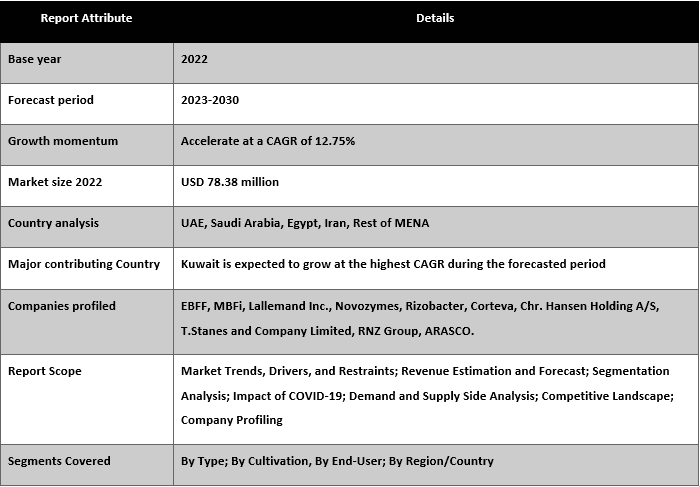
Motivi per acquistare questo rapporto:
- Lo studio include analisi di dimensionamento e previsione del mercato convalidate da esperti chiave autenticati del settore.
- Il rapporto presenta una rapida panoramica della performance complessiva del settore a colpo d'occhio.
- Il rapporto copre un'analisi approfondita dei principali concorrenti del settore con un focus primario sui principali dati finanziari aziendali, portafogli di prodotti, strategie di espansione e sviluppi recenti.
- Esame dettagliato di fattori trainanti, vincoli, tendenze chiave e opportunità prevalenti nel settore.
- Lo studio copre in modo completo il mercato attraverso diversi segmenti.
- Analisi approfondita a livello regionale del settore.
Opzioni di personalizzazione:
Il mercato dei biofertilizzanti MENA può essere ulteriormente personalizzato in base alle esigenze o a qualsiasi altro segmento di mercato. Inoltre, UMI comprende che potresti avere le tue esigenze aziendali, quindi sentiti libero di metterti in contatto con noi per ottenere un rapporto che si adatti completamente alle tue esigenze.
Indice
Metodologia di ricerca per l'analisi del mercato dei biofertilizzanti MENA (2023-2030)
L'analisi del mercato storico, la stima del mercato attuale e la previsione del mercato futuro del mercato dei biofertilizzanti MENA sono stati i tre principali passaggi intrapresi per creare e analizzare l'adozione dei biofertilizzanti MENA nei principali paesi. È stata condotta un'esauriente ricerca secondaria per raccogliere i dati di mercato storici e stimare le dimensioni attuali del mercato. In secondo luogo, per convalidare queste intuizioni, sono state prese in considerazione numerose scoperte e ipotesi. Inoltre, sono state condotte anche esaustive interviste primarie con esperti del settore in tutta la catena del valore del mercato dei biofertilizzanti MENA. Dopo l'assunzione e la convalida dei dati di mercato attraverso interviste primarie, abbiamo impiegato un approccio top-down/bottom-up per prevedere le dimensioni complete del mercato. Successivamente, sono stati adottati metodi di suddivisione del mercato e di triangolazione dei dati per stimare e analizzare le dimensioni del mercato dei segmenti e sottosegmenti del settore di riferimento. La metodologia dettagliata è spiegata di seguito:
Analisi delle dimensioni del mercato storico
Passaggio 1: Studio approfondito delle fonti secondarie:
È stato condotto uno studio secondario dettagliato per ottenere le dimensioni del mercato storico del mercato dei biofertilizzanti MENA attraverso fonti interne all'azienda come relazioni annuali e bilanci, presentazioni sulla performance, comunicati stampa, ecc. e fonti esterne tra cui riviste, notizie e articoli, pubblicazioni governative, pubblicazioni della concorrenza, relazioni di settore, database di terze parti e altre pubblicazioni credibili.
Passaggio 2: Segmentazione del mercato:
Dopo aver ottenuto le dimensioni del mercato storico del mercato dei biofertilizzanti MENA, abbiamo condotto un'analisi secondaria dettagliata per raccogliere informazioni storiche sul mercato e quote per diversi segmenti e sottosegmenti per le principali regioni. I principali segmenti inclusi nel report sono tipo, coltivazione e utente finale. Sono state condotte ulteriori analisi a livello di paese per valutare l'adozione complessiva dei modelli di test in quella regione.
Passaggio 3: Analisi dei fattori:
Dopo aver acquisito le dimensioni del mercato storico di diversi segmenti e sottosegmenti, abbiamo condotto una dettagliata analisi dei fattori per stimare le dimensioni attuali del mercato del mercato dei biofertilizzanti MENA. Inoltre, abbiamo condotto un'analisi dei fattori utilizzando variabili dipendenti e indipendenti come tipo, coltivazione e utente finale del mercato dei biofertilizzanti MENA. È stata condotta un'analisi approfondita degli scenari di domanda e offerta considerando le principali partnership, fusioni e acquisizioni, l'espansione aziendale e i lanci di prodotti nel settore del mercato dei biofertilizzanti MENA in tutto il mondo.
Stima e previsione delle dimensioni attuali del mercato
Dimensionamento del mercato attuale: Sulla base di informazioni pratiche derivanti dai 3 passaggi precedenti, siamo giunti alle dimensioni attuali del mercato, ai principali attori nel mercato dei biofertilizzanti MENA e alle quote di mercato dei segmenti. Tutte le quote percentuali richieste e le suddivisioni del mercato sono state determinate utilizzando l'approccio secondario sopra menzionato e sono state verificate tramite interviste primarie.
Stima e previsione: Per la stima e la previsione del mercato, sono stati assegnati pesi a diversi fattori, tra cui driver e tendenze, vincoli e opportunità disponibili per le parti interessate. Dopo aver analizzato questi fattori, sono state applicate le tecniche di previsione pertinenti, ovvero l'approccio top-down/bottom-up, per arrivare alla previsione di mercato per il 2030 per diversi segmenti e sottosegmenti nei principali mercati. La metodologia di ricerca adottata per stimare le dimensioni del mercato comprende:
- Le dimensioni del mercato del settore, in termini di ricavi (USD) e il tasso di adozione del mercato dei biofertilizzanti MENA nei principali mercati a livello nazionale
- Tutte le quote percentuali, le suddivisioni e le ripartizioni dei segmenti e sottosegmenti di mercato
- Attori chiave nel mercato dei biofertilizzanti MENA in termini di prodotti offerti. Inoltre, le strategie di crescita adottate da questi attori per competere nel mercato in rapida crescita
Convalida delle dimensioni e della quota di mercato
Ricerca primaria: Sono state condotte interviste approfondite con i Key Opinion Leaders (KOL) tra cui dirigenti di alto livello (CXO/VP, responsabile vendite, responsabile marketing, responsabile operativo, responsabile regionale, responsabile paese, ecc.) nelle principali regioni. I risultati della ricerca primaria sono stati quindi riepilogati ed è stata eseguita un'analisi statistica per dimostrare l'ipotesi dichiarata. Gli input della ricerca primaria sono stati consolidati con i risultati secondari, trasformando quindi le informazioni in informazioni fruibili.
Principali stakeholder del mercato dei biofertilizzanti nella regione MENA
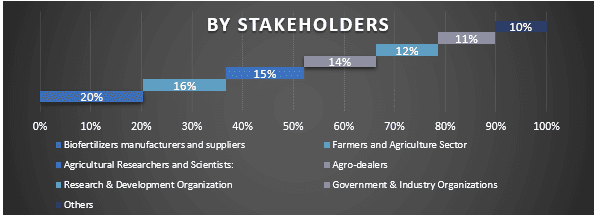
Ingegneria del mercato
La tecnica di triangolazione dei dati è stata impiegata per completare la stima complessiva del mercato e per arrivare a numeri statistici precisi per ciascun segmento e sottosegmento del mercato dei biofertilizzanti MENA. I dati sono stati suddivisi in diversi segmenti e sottosegmenti dopo aver studiato vari parametri e tendenze nelle aree del tipo, della coltivazione e dell'utente finale del mercato dei biofertilizzanti MENA.
L'obiettivo principale dello studio sul mercato dei biofertilizzanti MENA
Le tendenze di mercato attuali e future del mercato dei biofertilizzanti MENA sono state individuate nello studio. Gli investitori possono ottenere approfondimenti strategici per basare la loro discrezione per gli investimenti sull'analisi qualitativa e quantitativa eseguita nello studio. Le tendenze di mercato attuali e future hanno determinato l'attrattiva complessiva del mercato a livello regionale e nazionale, fornendo una piattaforma per il partecipante industriale per sfruttare il mercato non sfruttato per beneficiare di un vantaggio di pioniere. Altri obiettivi quantitativi degli studi includono:
- Analizzare le dimensioni del mercato attuale e previsto del mercato dei biofertilizzanti MENA in termini di valore (USD). Inoltre, analizzare le dimensioni del mercato attuale e previsto di diversi segmenti e sottosegmenti
- I segmenti nello studio includono aree del tipo, della coltivazione e dell'utente finale
- Definire e analizzare il quadro normativo per l'industria dei biofertilizzanti MENA
- Analizzare la catena del valore coinvolta con la presenza di vari intermediari, insieme all'analisi dei comportamenti dei clienti e della concorrenza del settore
- Analizzare le dimensioni del mercato attuale e previsto del mercato dei biofertilizzanti MENA per la principale regione
- I principali paesi delle regioni studiati nel report includono Arabia Saudita, Emirati Arabi Uniti, Egitto, Kuwait e il resto del MENA
- Profili aziendali del mercato dei biofertilizzanti MENA e le strategie di crescita adottate dagli operatori di mercato per sostenersi nel mercato in rapida crescita
- Analisi approfondita a livello regionale del settore
Domande frequenti FAQ
Q1: Qual è la dimensione attuale del mercato e il potenziale di crescita del mercato dei biofertilizzanti nella regione MENA?
Q2: Quali sono i fattori trainanti per la crescita del mercato dei biofertilizzanti nella regione MENA?
Q3: Quale segmento detiene la quota maggiore del mercato dei biofertilizzanti MENA per utente finale?
Q5: Quale paese dominerà il mercato dei biofertilizzanti nella regione MENA?
D6: Chi sono i principali operatori che operano nel mercato dei biofertilizzanti nella regione MENA?
Correlati Report
I clienti che hanno acquistato questo articolo hanno acquistato anche

